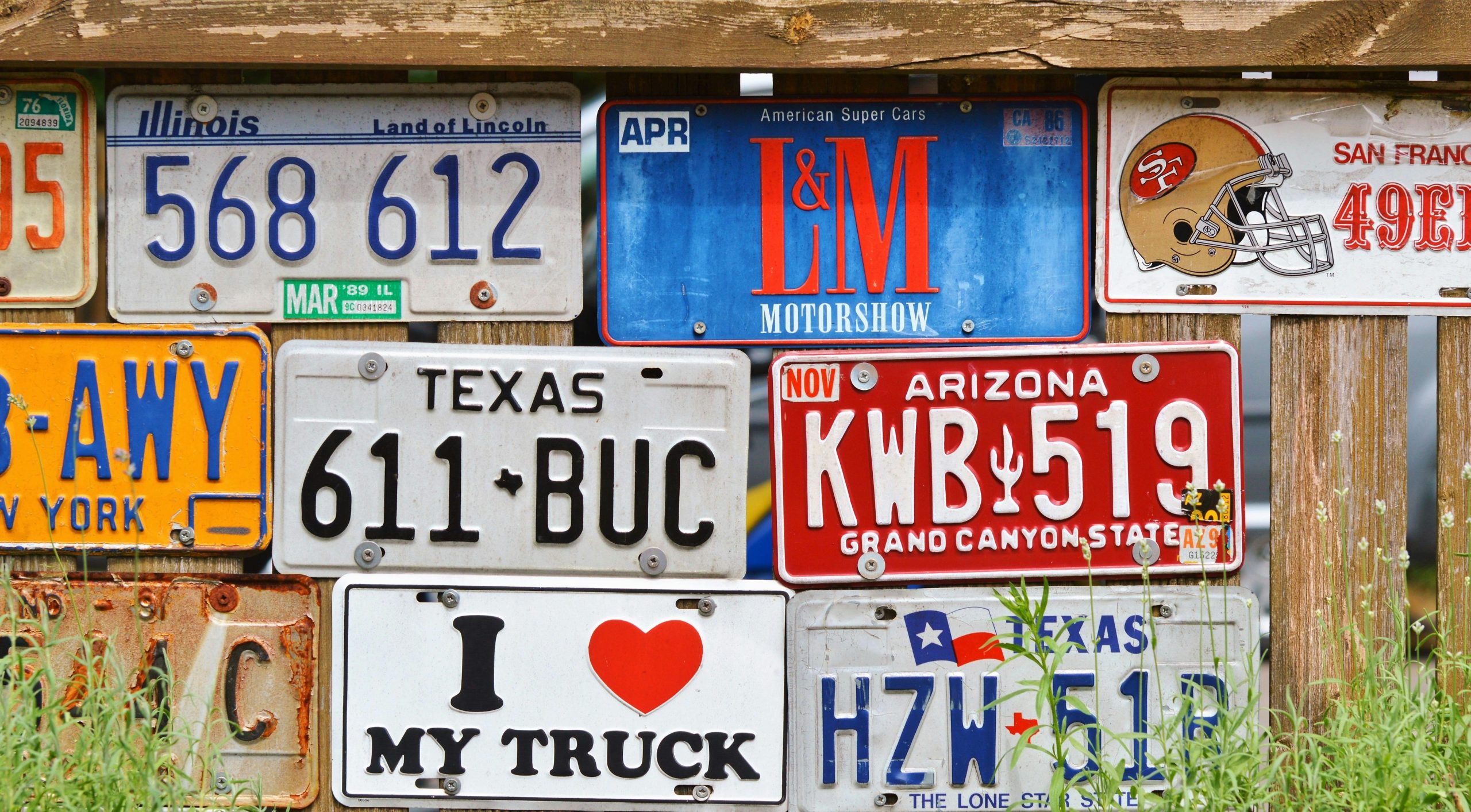Nighttime Left Turn Accident – Could the Other Driver Share the Blame?
I recently found myself in a car accident and I’m trying to figure out if I’m entirely at fault or if responsibility could be shared.
The incident occurred at an intersection around 8 PM when it was dark. I had a green light and was in the process of making a left turn. Before proceeding, I ensured there were no pedestrians (as I needed to yield to them) and checked for oncoming vehicles. Seeing no traffic, I went ahead with my turn.
Out of nowhere, another car came into view and we collided while I was already in the midst of turning. I suspect that the other driver’s headlights were off, which may have contributed to my inability to see her prior to the crash. Unfortunately, I don’t have any solid evidence to confirm this.
After the collision, while we were still in my car, I mentioned that I thought her headlights were off. Instead of denying it, she replied something along the lines of, “My front lights turn on automatically.” This raised my suspicion that she might not have manually checked her lights and could have been unaware if they were off.
I also spoke with a witness who was directly behind me, but they stated they couldn’t confirm the status of the other car’s headlights.
I understand the general rule that left-turning drivers are usually at fault since they must yield to oncoming traffic. However, in this situation, I truly couldn’t see the other vehicle, and I believe it was due to the potential absence of headlights.
Do you think this could be a case of shared fault (50/50), or am I completely liable?
I’d appreciate any insights or similar experiences!




It’s understandable to be concerned about fault in a situation like this, especially when the circumstances of visibility play such a crucial role. While it’s true that left-turning drivers typically have a higher burden of responsibility to ensure the intersection is clear before proceeding, there are some factors in your scenario that could potentially lead to shared fault.
Visibility: Since the accident occurred at night, the visibility was limited. If the other driver’s headlights were indeed off, this decreases the likelihood that you could see her vehicle in time to avoid a collision. While you don’t have concrete evidence of the lights being off, the other driver’s admission about their automatic headlights suggests that there could have been an issue with them functioning correctly.
Driver Awareness: The fact that the other driver did not actively check her headlights may suggest a lack of due diligence on her part—drivers should ensure their vehicles are illuminated, especially at night. This could lend credence to the argument of shared liability.
Eyewitness Account: Although the witness could not confirm the status of the other driver’s headlights, their presence can still support your account of the situation. If they observed the nature of the accident and the conditions leading to it, their testimony might be beneficial in suggesting that visibility issues contributed to the accident.
Traffic Laws and Intersection Design: Depending on how the intersection operates, there may be specific laws or regulations regarding yielding and responsibilities that could factor into the determination of fault.
In many jurisdictions, fault determination takes into account the specifics of the case. While left-turning drivers often bear some responsibility, if evidence suggests that the other driver was negligent as well (like not using headlights at night), this may result in shared liability.
Ultimately, it’s advisable to discuss your situation further with your insurance company and possibly consult a legal expert to get specific advice based on your local laws and any evidence you can gather. They can provide the best guidance on how to approach potential claims and fault determination in your case.